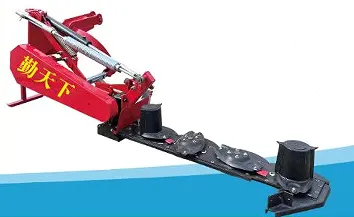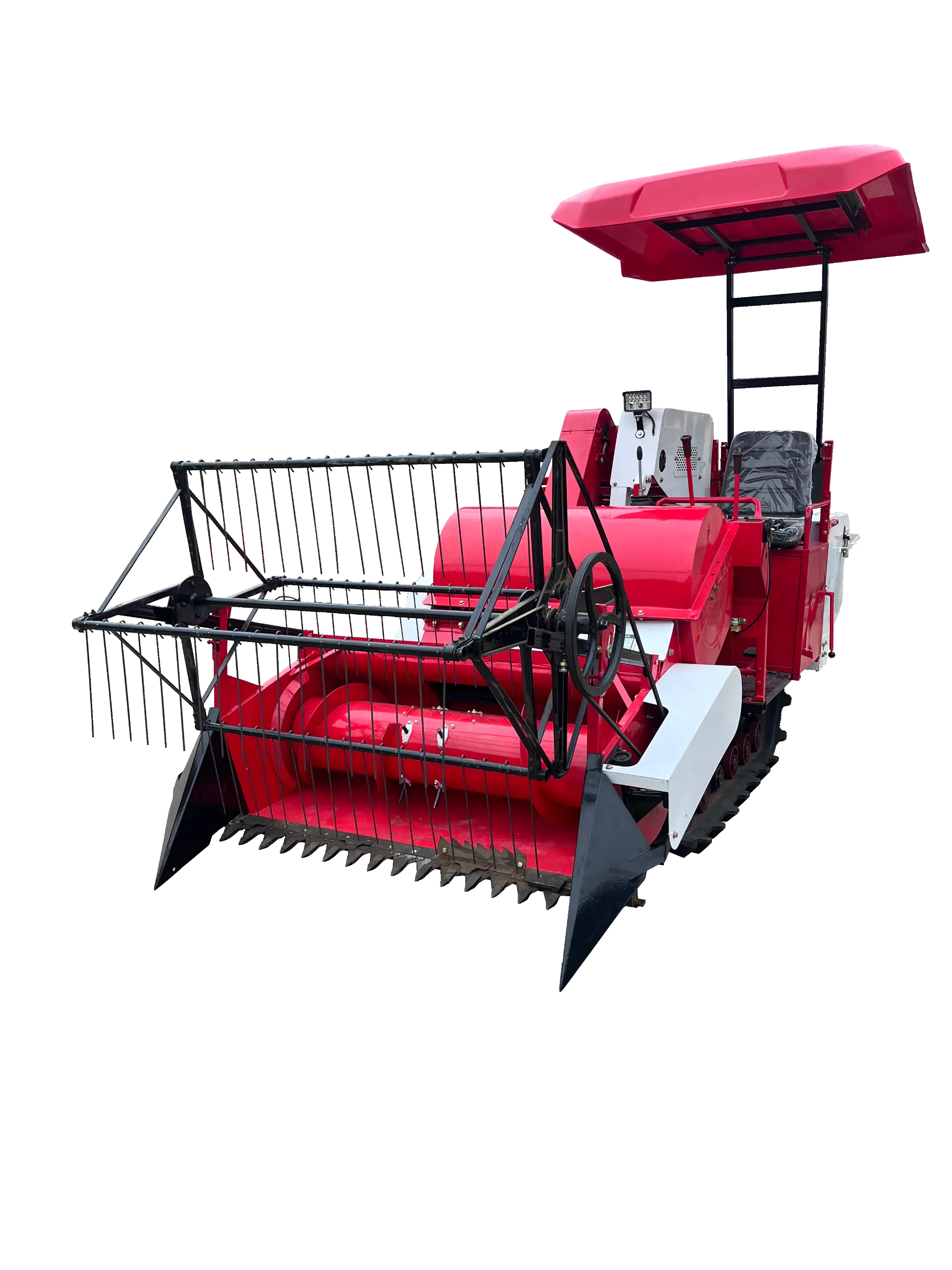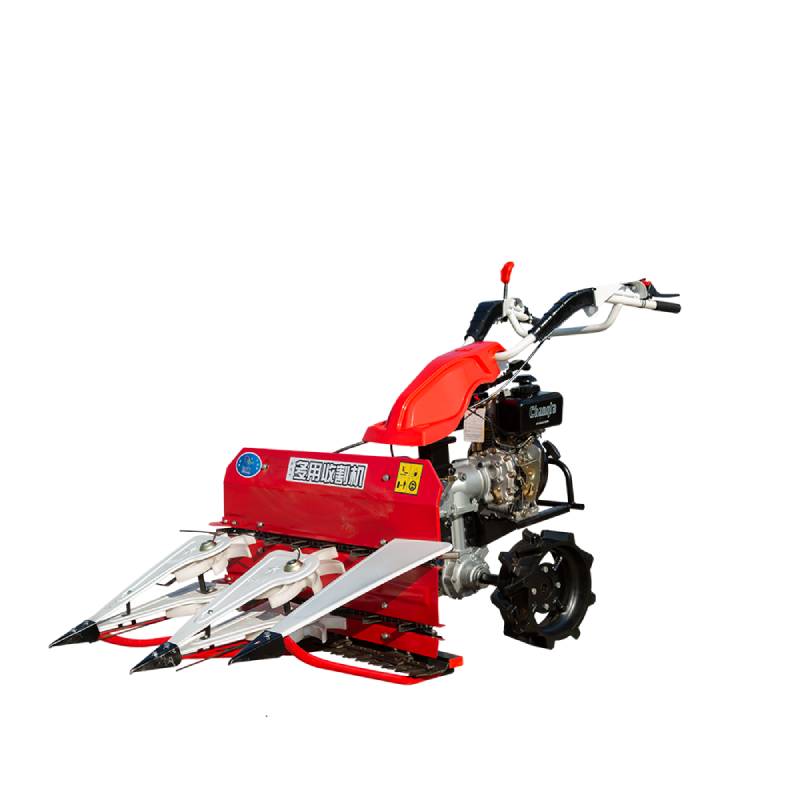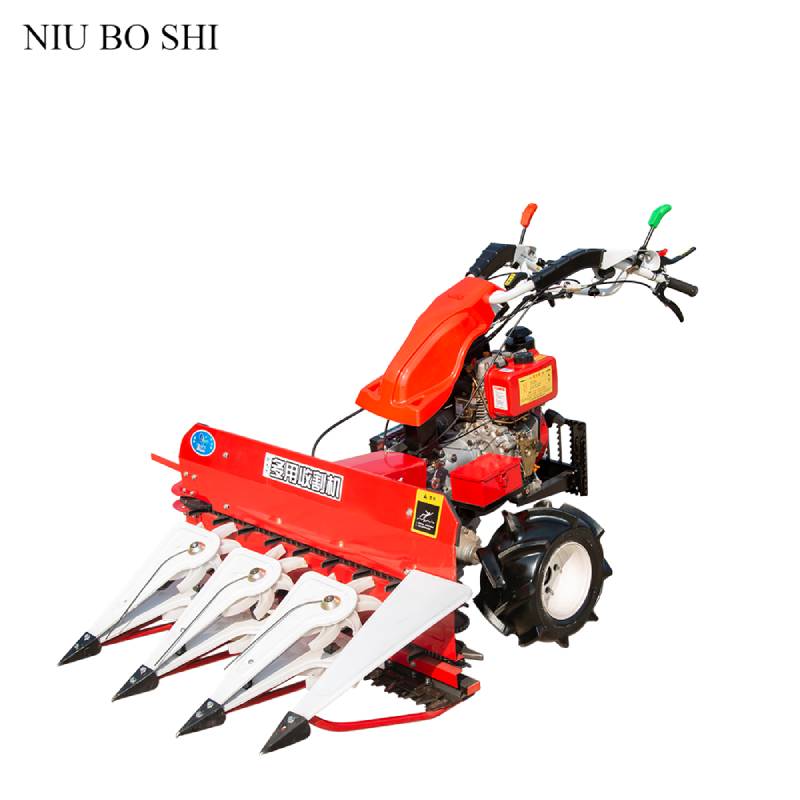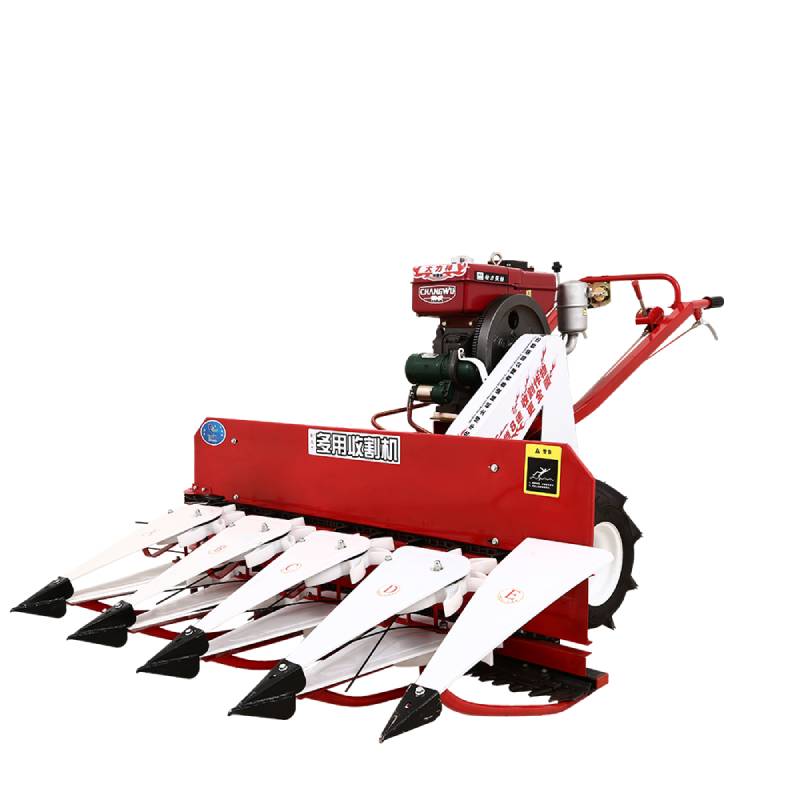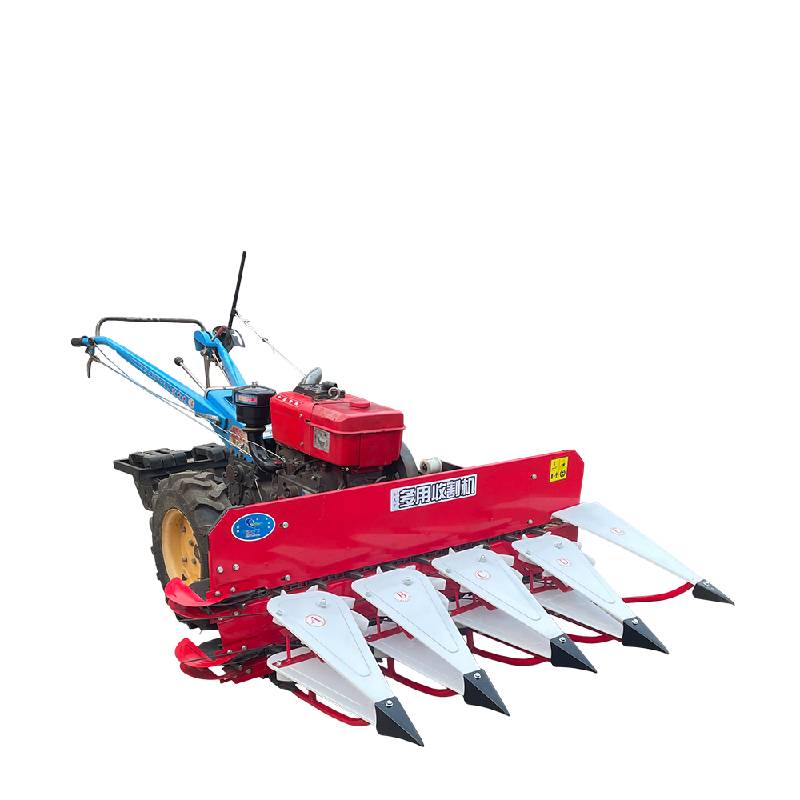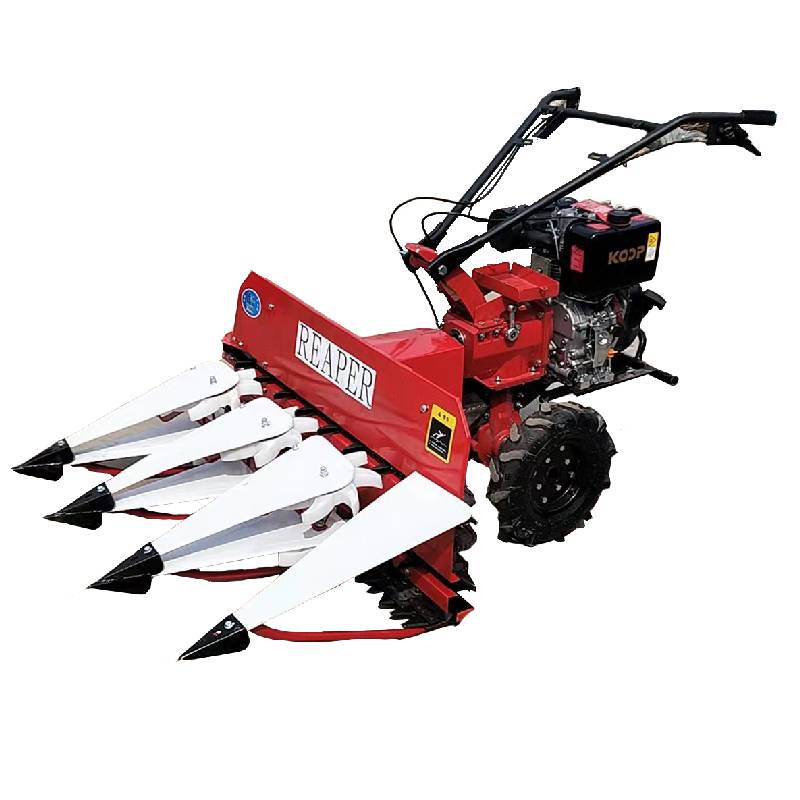Exploring Different Types of Paddy Reapers for Efficient Rice Harvesting Techniques and Technologies
Understanding Paddy Reaper Types Enhancing Rice Harvesting Efficiency
Rice is a staple food for over half of the world's population, and its efficient harvesting is crucial for food security. Paddy reapers, machinery specifically designed for cutting and collecting rice, play a significant role in modern agriculture. The variety of paddy reaper types available today reflects the need for efficiency, cost-effectiveness, and adaptability to different farming conditions. In this article, we will explore the various types of paddy reapers, their functionalities, and their impact on rice harvesting.
Types of Paddy Reapers
Paddy reapers can be broadly categorized into two main types manual and mechanical reapers.
1. Manual Reapers Traditional paddy reapers are often hand-operated tools, such as sickles and scythes. While they have been used for centuries, they require substantial physical labor and time to harvest rice. Manual reaping is still prevalent in smaller farms or in regions with limited access to machinery. Although labor-intensive, it allows farmers to manage their crops more intimately and can be beneficial in hilly terrains where machines may not be able to operate effectively.
2. Mechanical Reapers With advancements in technology, mechanical paddy reapers have become increasingly popular. These machines can significantly reduce the labor required for harvesting. Mechanical reapers can be further divided into several subtypes
- Walk-behind Reapers These are compact machines that are easy to maneuver and are suitable for small to medium-sized fields. They are powered by gasoline or diesel engines and can cut through rice efficiently. Walk-behind reapers are ideal for farmers who need a lightweight and affordable option without sacrificing efficiency.
- Self-Propelled Reapers For larger fields, self-propelled reapers offer greater efficiency and speed. These machines are equipped with advanced technology and can handle various conditions, including wet and uneven terrains. They operate autonomously, allowing farmers to cover more ground in less time.
- Combine Harvesters The most sophisticated type of paddy reaper is the combine harvester. This all-in-one machine can cut, thresh, and collect rice simultaneously, streamlining the harvesting process. Although they require a higher investment, combine harvesters are exceptionally efficient and can significantly increase productivity on large-scale farms.
paddy reaper type
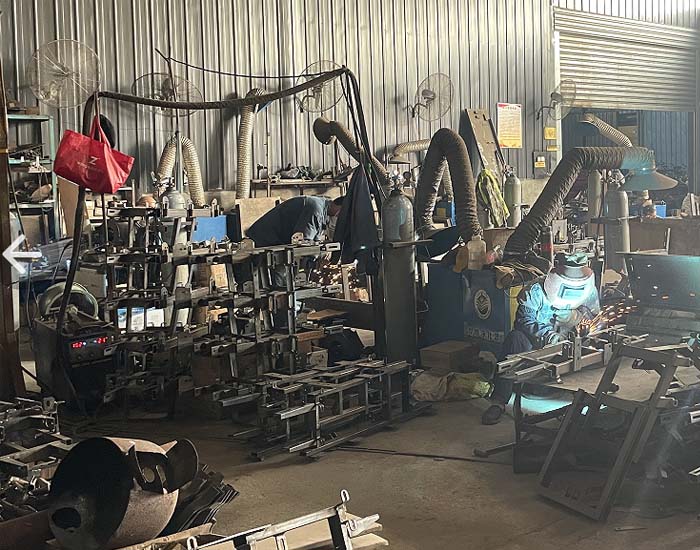
Benefits of Using Paddy Reapers
The introduction of various paddy reaper types has revolutionized the rice harvesting process. Here are some of the key benefits
- Time Efficiency Mechanical reapers can harvest rice much faster than manual methods, allowing farmers to complete harvesting in a shorter time frame. This is especially crucial during the busy harvest season when weather conditions can change rapidly.
- Labor Reduction With a decreasing labor force in agriculture, adopting mechanical reapers helps mitigate the impact of labor shortages. These machines require fewer workers to operate, enabling farmers to shift their labor focus to other tasks.
- Reduced Crop Loss Mechanical reapers are designed to minimize damage to the rice plants during harvesting. By ensuring a clean cut and efficient collection, farmers can reduce post-harvest losses and improve their overall yield.
- Versatility Many modern paddy reapers are adaptable for various crops beyond rice, making them a worthwhile investment for multi-crop farmers.
Conclusion
In conclusion, the evolution of paddy reaper types has greatly enhanced the efficiency of rice harvesting across the globe. From manual tools to advanced mechanical systems, each type plays a vital role in the agricultural landscape. As technology continues to evolve, we can expect even more innovations in paddy reapers, further improving harvesting techniques and contributing to global food security. Farmers who adopt these technologies not only benefit from increased productivity but also contribute to sustainable agricultural practices that can meet the demands of an ever-growing population.
Latest news
-
When to Upgrade Your Old Forage HarvesterNewsJun.05,2025
-
One Forage Harvester for All Your NeedsNewsJun.05,2025
-
Mastering the Grass Reaper MachineNewsJun.05,2025
-
How Small Farms Make Full Use of Wheat ReaperNewsJun.05,2025
-
Harvesting Wheat the Easy Way: Use a Mini Tractor ReaperNewsJun.05,2025
-
Growing Demand for the Mini Tractor Reaper in AsiaNewsJun.05,2025

